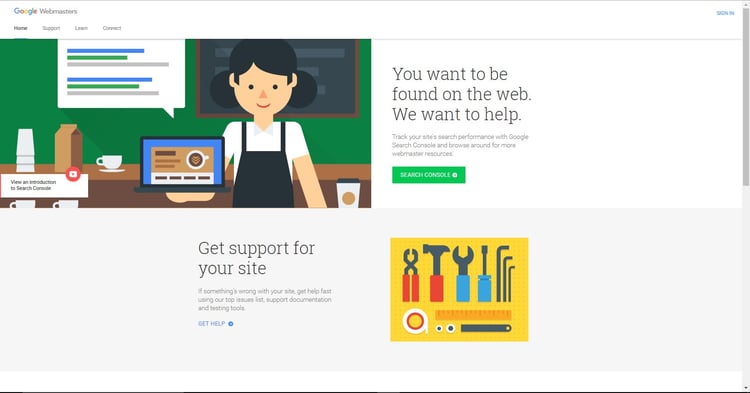

International SEO: 5 Questions with our SEO Ninja


Two weeks ago, our resident SEO ninja, Nai, shared his perspectives on navigating the ebbs and flows of the local SEO scene.
But what if your brand is looking beyond the local market? How can brands optimise their websites for overseas audiences to find them?
This time, Nai shares tips for international Search Engine Optimisation (SEO).
Q1: What is international SEO, and who is it for?
Nai: International SEO is the process of setting a good structure to ensure the best chances of your international sites being found by target audiences located overseas.
It’s not just MNCs with global offices that do international SEO. SMEs wanting to internationalise do it too. International SEO is something companies can consider if they are looking beyond the local market.
Q2: International SEO must seem daunting to marketers stepping beyond the familiarity of the local market! Any advice for marketers on the best ways to get started?
Nai: I’d begin with these four steps:
Ask yourself if you need to do international SEO in the first place. That’s because there are lots of technical adjustments involved! Yes, this is necessary even if your audiences speak the same language. English may be spoken in both Singapore and Australia, but marketers still need to localise their website content [ed. Note: Localisation is more than just translating words. It should reflect how native speakers say it!]. Localisation is important as Google may penalise you for duplicating content.
Next, marketers need to consider how they want to structure websites for different countries. There are three main options:
-
Country code top-level domain (ccTLD) (e.g. yourname.com.sg)
-
Sub-folder/ sub-directory (e.g. yourname.com/Singapore/)
-
Sub-domain (e.g. sg.yourname.com)
The advantage of ccTLD type domains is that such domains are the easiest to rank locally. So, yourname.com.sg has the best chance of ranking in a Singapore-based user’s SERP. The downside is that ccTLD type domains can be expensive to buy and maintain!
Between the sub-folder and the sub-domain, I recommend the former as it is generally better for SEO. That’s also how most MNCs set up their international versions of their website.
Third, identify your targeting – country or language. Think about whether there’s sufficient web and traffic potential to target countries. If no, then language targeting might be better as it just involves translating content. If yes, go for country targeting. Country targeting involves both translation and tweaking your domain name. This sends a strong signal to Google to surface your website for the right audiences.
The last step is to set up a Google Webmasters account. Once your Google Webmasters account is up and running, go to the "search traffic" tab, then configure the international targeting settings.

Q3: We spoke on up-and-coming domains of search in the field of local SEO a few weeks ago. Are there any international SEO trends that marketers need to take note of?
Nai: To be honest, there aren’t many international SEO specific trends to follow.
Marketers should focus on getting their international SEO strategy right. One thing they shouldn’t forget is that Google is not always used worldwide. Google is banned in China, and they rely on Baidu instead. In Japan, Yahoo is dominant.
Once marketers decide on their international SEO strategy, they can then think about the local SEO strategies for each target market.
Q4: It sounds like there is a lot of technical work that goes into international SEO! Are there any tools and resources you’d recommend for marketers?
Nai: Yea, there’s a lot of technical set up involved. Thus it would be better to engage a SEO specialist to do the changes required.
And marketers, make sure that you set up your Google Webmasters account!
Q1: I have a B2B Business, how different is SEO for B2B vs B2C businesses?
Great question. B2B SEO and B2C SEO use the same fundamental principles but you need to understand the Buyer's Journey in detail for B2B SEO and identify the pain points of the buyer. Check out our new post that details how to work out an SEO Strategy for a B2B Business.
Like what you read? Subscribe to our B2B Marketing Posts for more good stuff!
Credits & Sources
Header image from João Silas @ StockSnap.io
Screenshot: Taken from Google Webmasters
More insights
